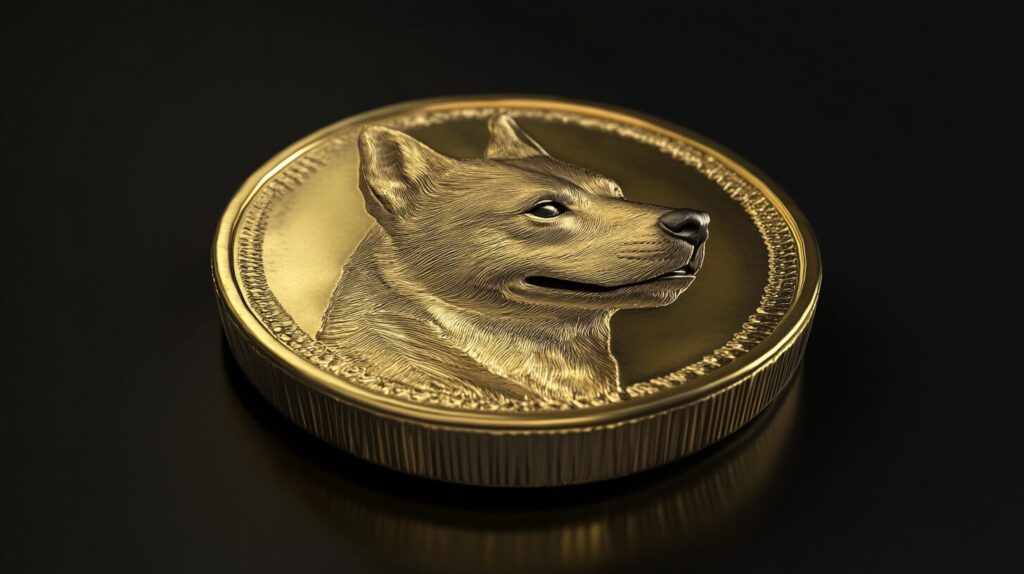Meme coin, a unique category within the cryptocurrency market, have gained significant popularity for their viral, internet-driven nature. Unlike traditional cryptocurrencies, meme coins often originate from internet memes or jokes, embodying a community-centric approach to digital finance.
What Defines a Meme Coin?
Meme coins are digital currencies inspired by internet memes or cultural phenomena, characterized by their lighthearted and often humorous nature. They differ from mainstream cryptocurrencies like Bitcoin or Ethereum in that they are not primarily designed for practical financial solutions but for fun, community engagement, and speculative trading.
What is an example of a meme coin?
Dogecoin is the most notable example of a meme coin. This coin was at first created as a joke in 2013 according to the popular “Doge” meme featuring a Shiba Inu dog; Dogecoin quickly grew a dedicated community and substantial market value, showcasing the power of internet culture in driving cryptocurrency adoption.
Is a meme coin a good investment?
Investing in meme coins can be highly speculative. While some investors have seen significant returns due to the viral nature of these coins, the lack of inherent value and high volatility make them risky investments. Potential investors or traders need to conduct thorough research and be prepared for any possible substantial losses.
How do meme coins make money?
Meme coins generate revenue primarily through market speculation. Investors buy meme coins, hoping their value will increase, driven by community hype, celebrity endorsements, or social media trends. The profit is made by selling the coins at a higher price than the purchase cost.
Are meme coins legal?
The legality of meme coins varies by jurisdiction. In many countries, trading meme coins is legal, but it is essential to stay informed about local regulations and crypto laws to ensure adherence to legal requirements and avoid any legal issues.
Is Doge a meme coin?
Yes, Dogecoin is the quintessential meme coin. Initially created as a parody, Dogecoin has achieved mainstream recognition and significant market capitalization, primarily driven by community support and high-profile endorsements.
Why do people buy meme coins?
People buy meme coins for various reasons, including the potential for quick financial gains, participation in a vibrant online community, and the fun and novelty associated with owning a coin inspired by popular culture. The social aspect and potential for viral growth also attract many investors.
What are the risks of Meme Coins?
Investing in meme coins carries several risks, including extreme volatility, lack of fundamental value, and the potential for pump-and-dump schemes. Investors should be cautious and avoid investing more than they can afford to lose.
Which crypto exchange has meme coins?
Many major cryptocurrency exchanges list meme coins due to their popularity. Exchanges like Binance, Coinbase, and Kraken offer trading options for well-known meme coins like Dogecoin and Shiba Inu, among others.
What makes a successful meme coin?
A successful meme coin typically has a strong, engaged community, viral marketing, and support from influential figures or social media trends. Its success often hinges on capturing public interest and sustaining hype over time.
How can I make a Meme Coin?
Creating a meme coin involves several steps:
- Idea and Concept: Develop a unique concept or theme based on a popular meme or cultural trend.
- Blockchain Platform: Select a blockchain platform, such as Ethereum or Binance Smart Chain, to create the coin.
- Development: Use technical knowledge or hire developers to create the smart contract for your coin.
- Marketing: Launch a marketing campaign to build a community and generate interest.
- Listing: Get the coin listed on cryptocurrency exchanges for trading.




